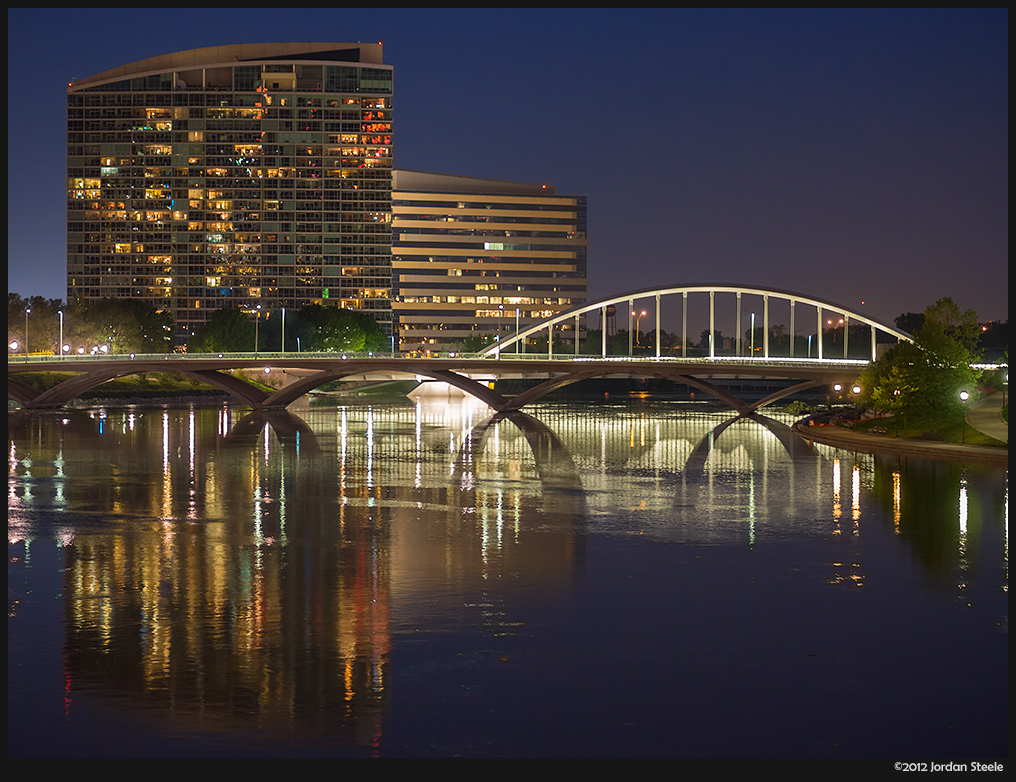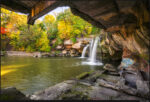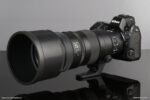Took the OM-D out for a quick spin of night shooting this evening on the way home from work, sans tripod. The in-body IS was rather astounding, and enabled me to keep the ISO relatively low even with a little longer lens. This shot of the Main St and Town Street bridges in Columbus, was taken using the Olympus 45mm f/1.8 at ISO 640 and 1/6 second, handheld. New possibilities await!






Leave a Reply